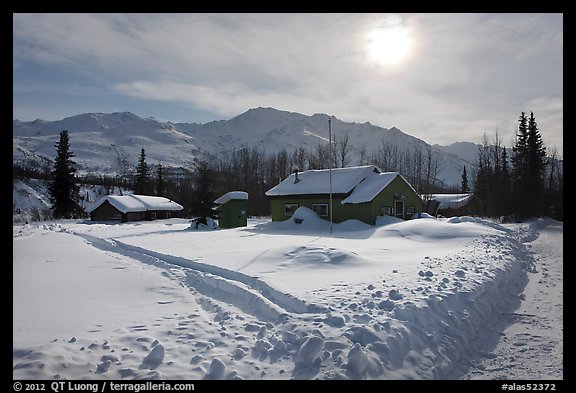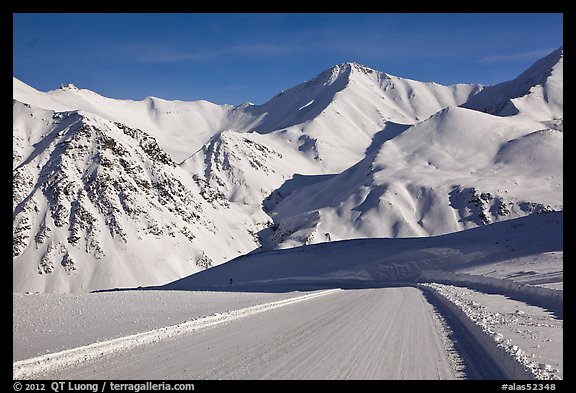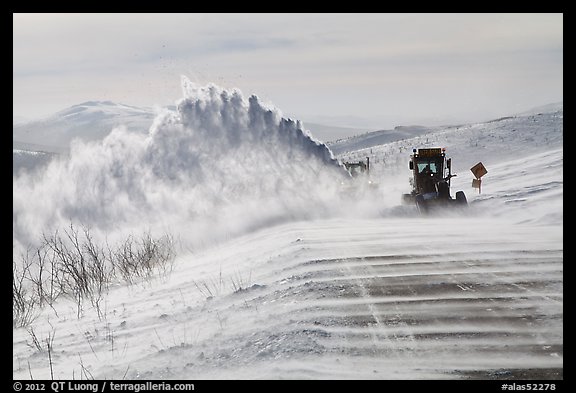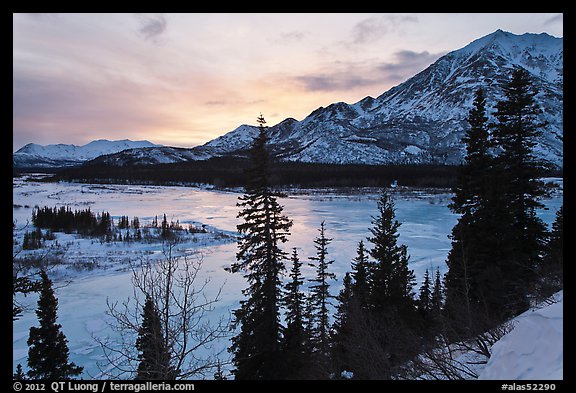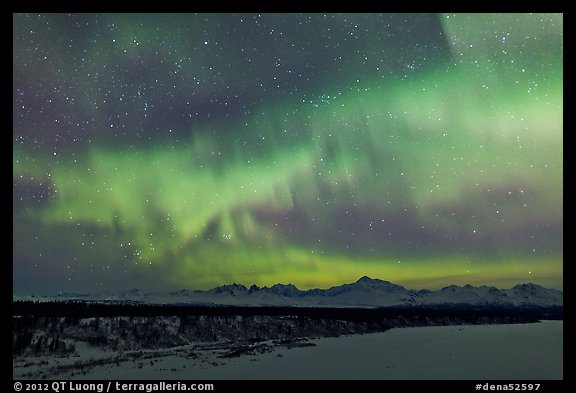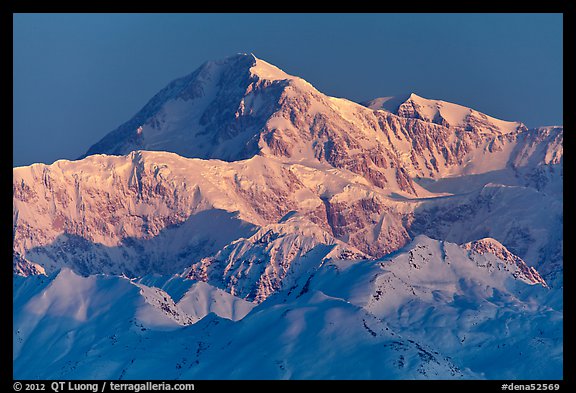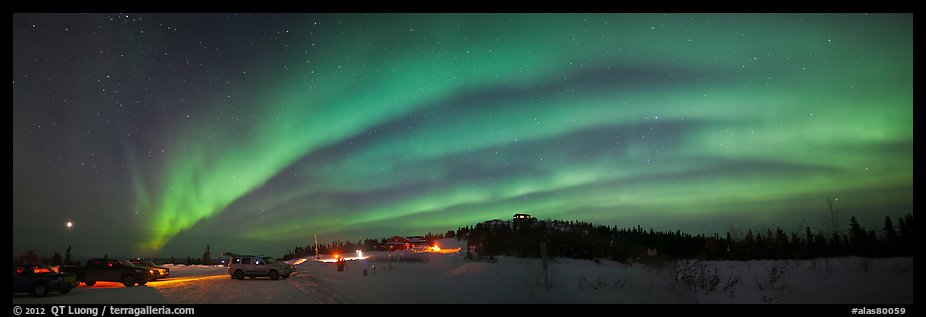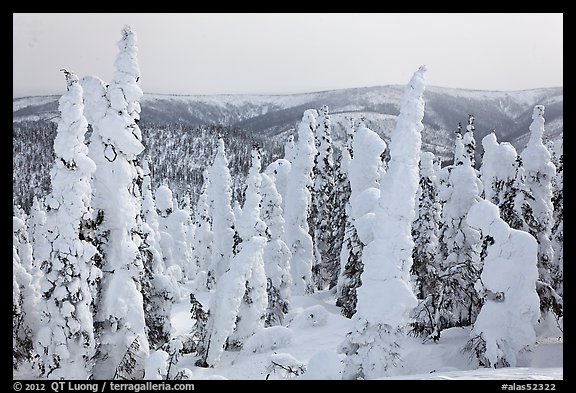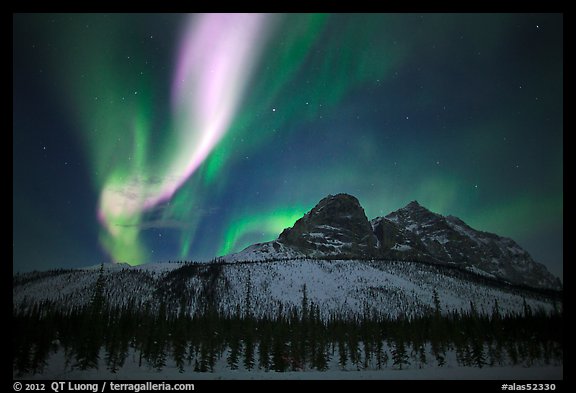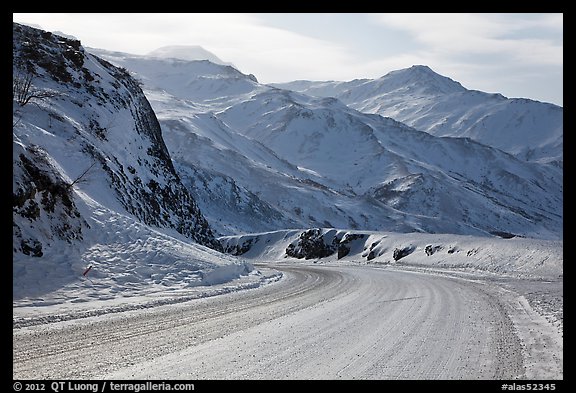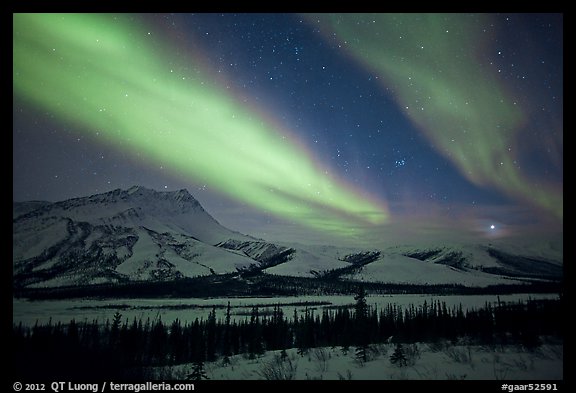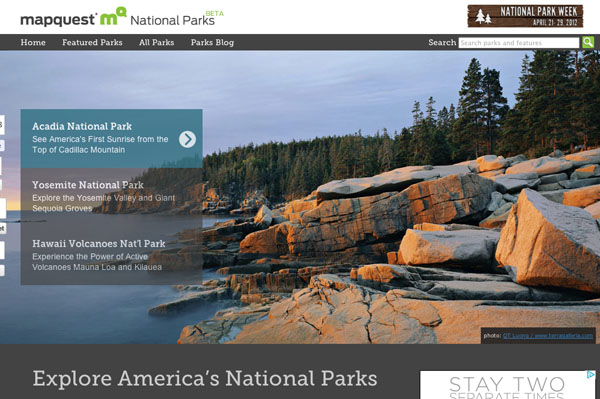Alaska winter photography gear
Clothing
I had a large assortment of hats and face covers (including a neoprene mask) as the head is the most critical body part to keep warm. For the upper body, in addition to the usual outdoor gear, I wore a vapor-barrier jacket and a down-filled parka (very effective when you are not moving much). Mine is the second warmest parka made by Feathered Friends (a Seattle-based company specializing in down gear). Warmer is always better, but this was adequate to -20F/-30F, the lowest temperatures we experienced on this trip. For the lower body, I brought thermals, synthetically-isolated pants, and shell pants, but this wasn’t sufficient as the wind tends to chill you at the junction of top and bottom. In my mountaineering days, I wore matching fleece and goretex bibs from The North Face but I couldn’t locate them and they don’t appear to be made anymore. I purchased in Fairbanks – great place to shop for arctic-grade gear – insulated, windproof bibs which made a big difference.

I brought the One Sport (now Millet) Everest boots – adequate for climbing Mt Everest as implied by the name – that had served me well almost two decades ago on Mt McKinley, but actually didn’t need them, which is as well, since they are quite rigid – too rigid to drive on a slippery road. Instead I wore Sorel Bear boots which are much more comfortable. On the coldest nights they were slightly marginal (OK with a foot warmer insole) so I next time I’ll buy the better Sorel Glacier boots as they can be found for $100, which is a surprisingly low price for -40F/C boots. Even for short hikes on snow, snowshoes were useful as the extreme cold keeps the Alaska snow deep.
The problem of keeping hands warm while maintaining sufficient dexterity remains unsolved. My massive mittens and gloves didn’t let me operate camera controls, so I ended up trying to work only with thinner gloves. Those would leave hands in pain, and useless from the cold after a few minutes out. I’d put them back in my pockets to warm them up, then repeat. Please let me know if you have found a better way to work. Maybe I will try to investigate electric liner gloves.
Camping
We slept in the car quite a few times, either because accommodations were not available nearby, or either because it was actually comfortable and convenient enough that we didn’t feel like spending money to get a room. The -25F rated Feathered Friends Peregrine sleeping bag kept me warm enough despite being two decades old. I supplemented it with a vapor barrier liner, as well as a fleece liner. Even for sleeping in the car, to have good insulation is essential. This was provided with a Thermarest Luxury, which uses proven closed-cell foam. In arctic weather, even if you don’t plan to sleep in the car, it would be a good idea to carry a sleeping bag in case you are stuck on the road.
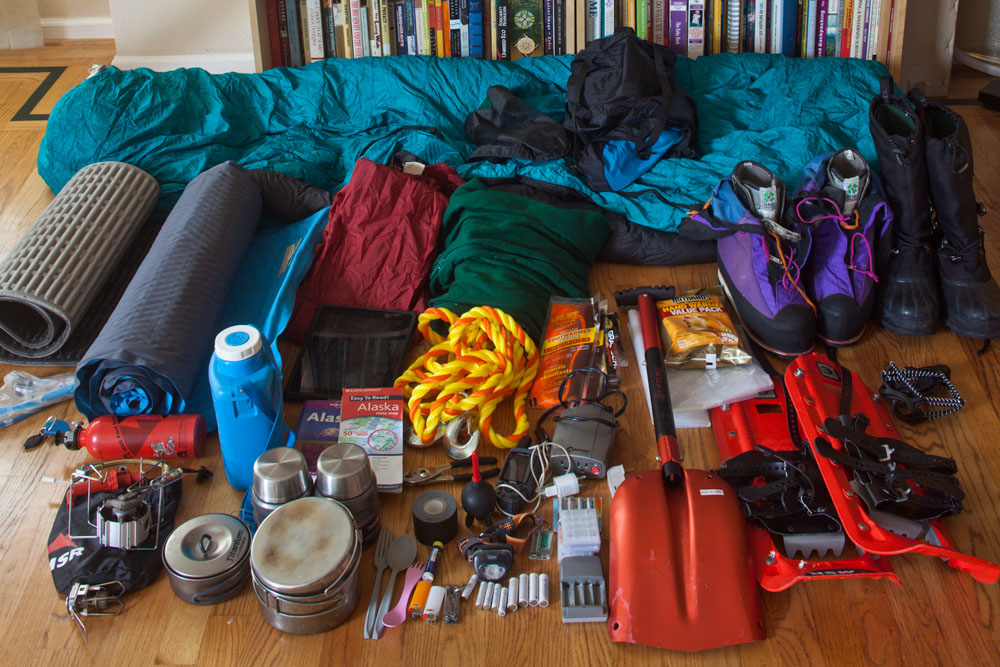
It’s nice to be able to fix a hot meal while waiting for the aurora to appear. Although I didn’t expect it to work, I brought a butane stove because it is so tiny. Indeed, it provided almost no output – still wondering how come they are used in the Himalayas. We had two liquid-fuel stoves, a MSR Whisperlite and Dragonfly. The Whisperlite quit mysteriously in the middle of the trip. The Dragonfly provided much better output anyways. My friend’s two quart bottle worked better than my one-quart bottle to keep the water from freezing. He had the great idea to get insulated food jars, which are like small thermos. They keep foods and drinks warm for a few hours, whereas without them, your freeze-dried meal would get cold in the ten minutes it takes before it’s even ready to eat. Life in a freezer…
Photography
I carried most of the cameras, lenses, and electronics in one backpack and one shoulder bag. Fortunately in the US airlines do not weight carry-one because the total weight was close to 50 lbs.
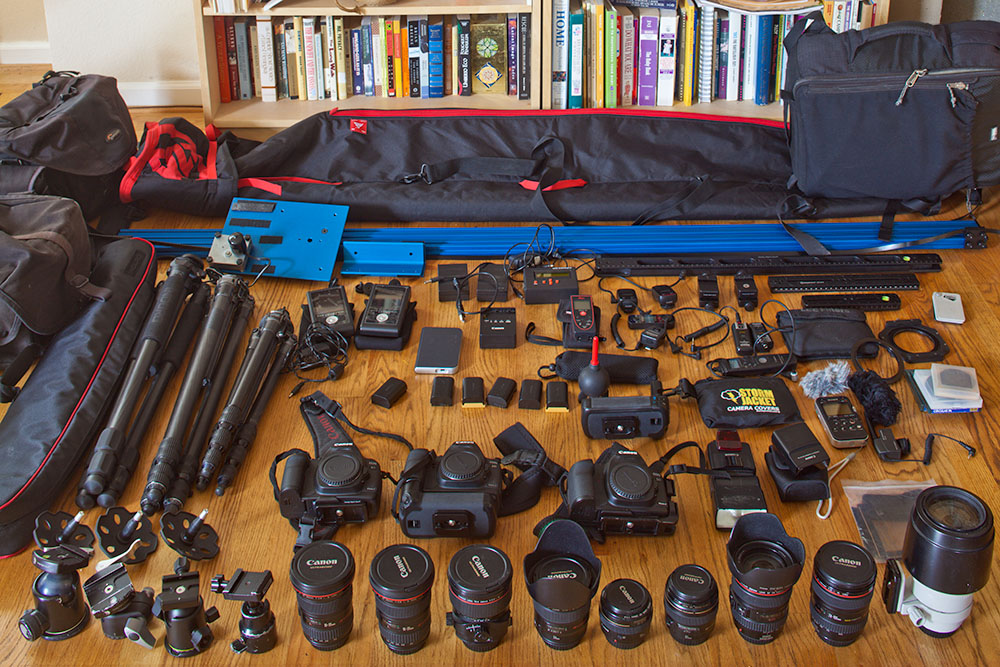
I had my standard combination of wide, medium, and tele zooms and the 24 TSE, but most of the aurora photography was actually done with a single lens, the Canon 24mm f1.4L II. You want a wide-angle: further south, the aurora appears low on the horizon (in which cases the 50mm f1.4 or 85 f1.8 are useful) but at northern latitudes, during nice displays it fills up a large portion of the sky. You want a fast lens: shorter exposures reveal the shape and texture of aurora curtains, where longer exposures render them as a blur of color. In addition, like for other night sky photographs, a lens with a wide aperture will capture more stars, and allow the use of a lower ISO, therefore reducing digital noise. A 24mm f1.4 offers a great combination of wide angle and large aperture, letting in 4 times as much light as a f2.8 lens.
So why so much equipment ? On that trip, I was experimenting with shooting time-lapses (hence the motion-control dolly, which I packed in a ski bag for travel) as well as stereo (3D). Shooting stereo requires two exactly identical camera bodies and lenses. While a time-lapse is in progress, instead of doing nothing, which sounds like a pity when the aurora is dancing, I prefer to have a third camera to shoot stills. The 5D2s worked perfectly in temperatures down to -20F with battery life much less reduced than expected. So this seems to mean that cameras perform better in the cold than photographers – or at least photographers fingers !
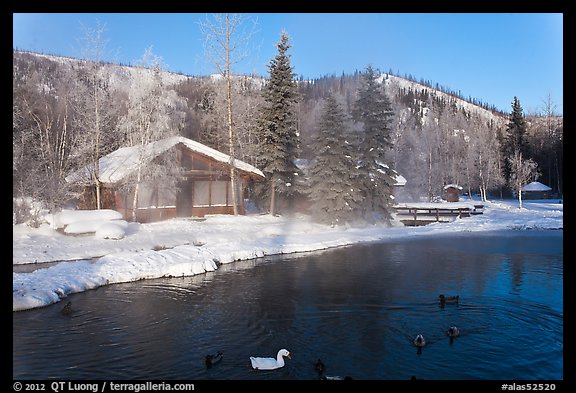
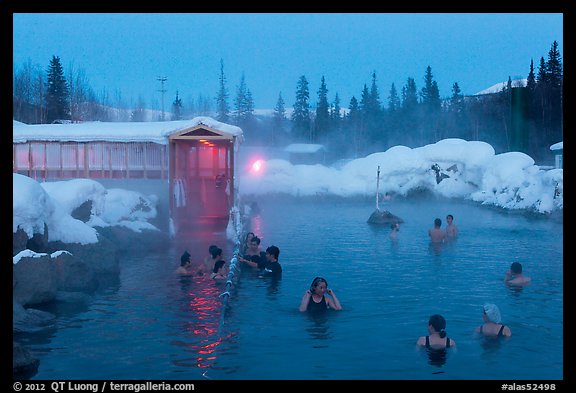
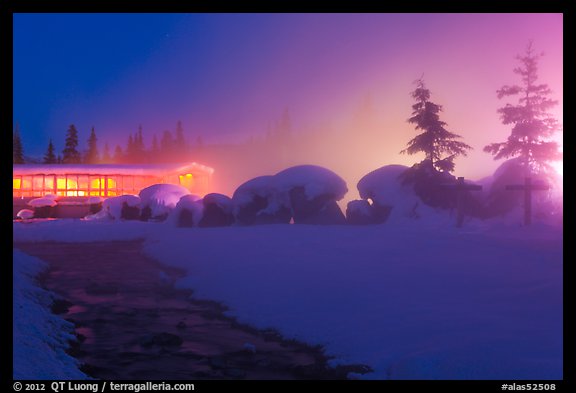
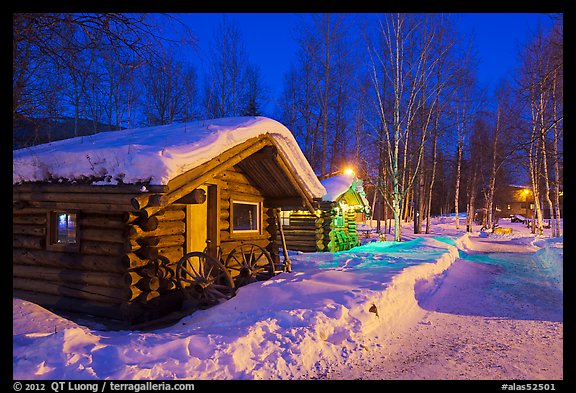
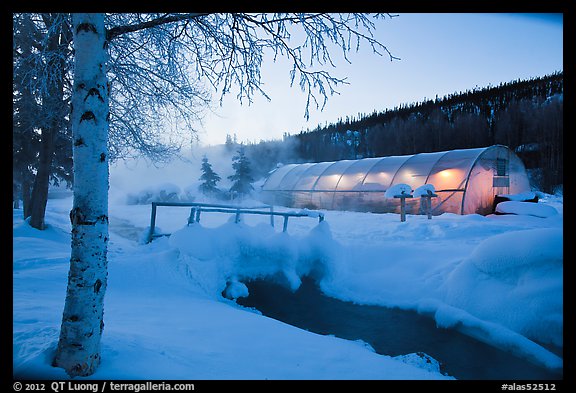
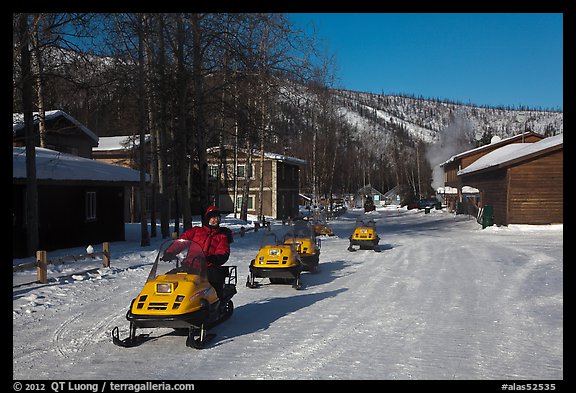
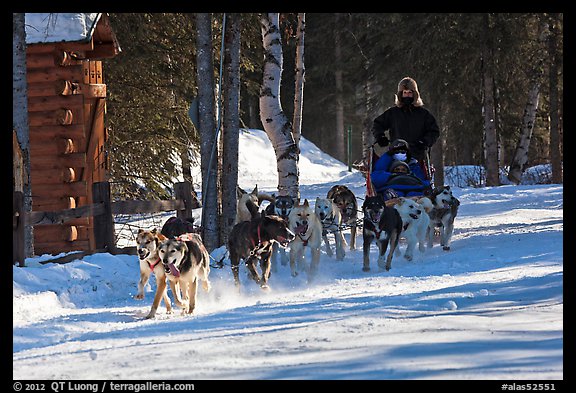
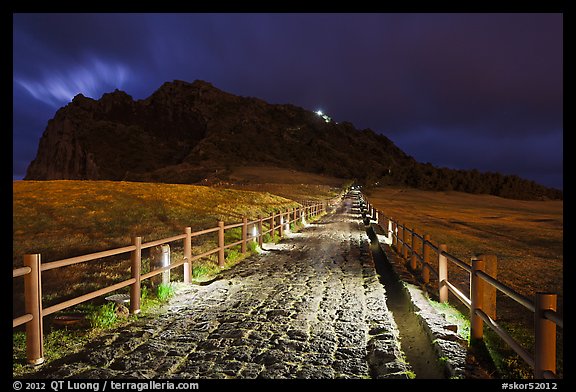

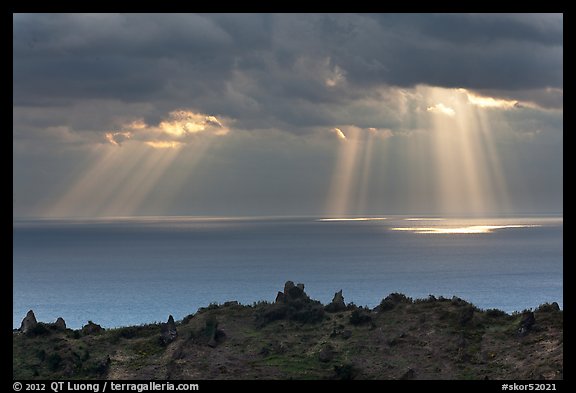


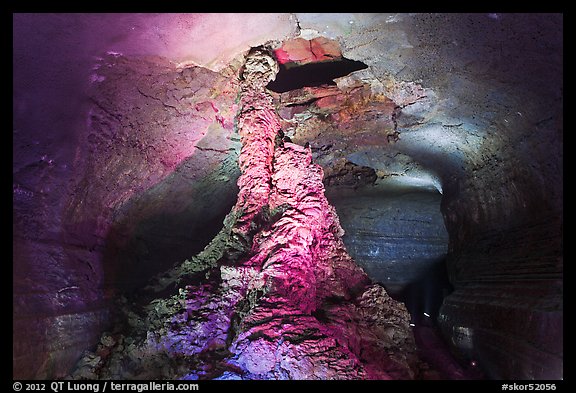

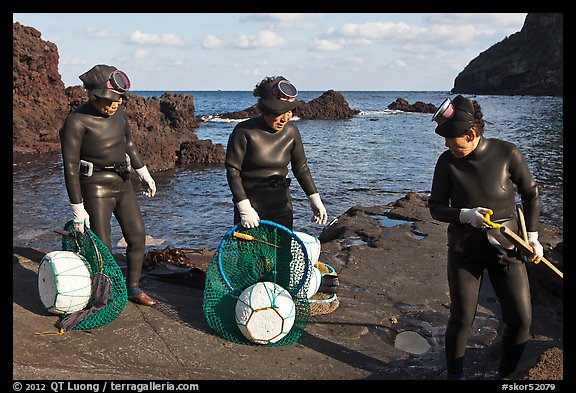
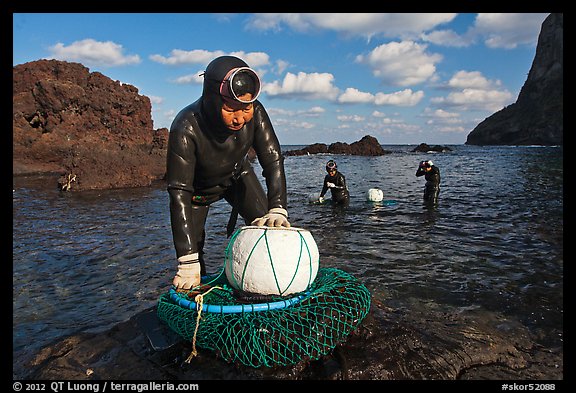
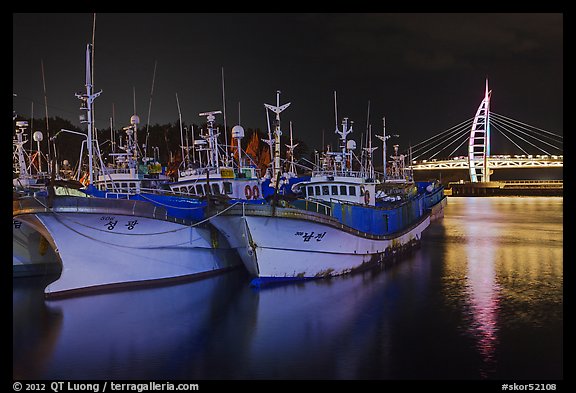
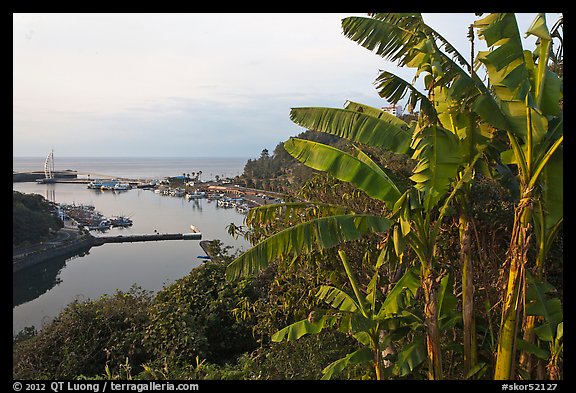
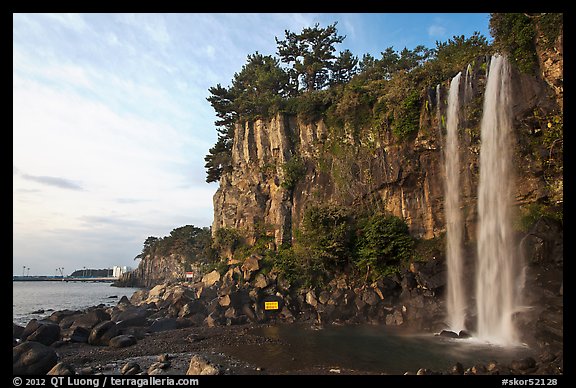


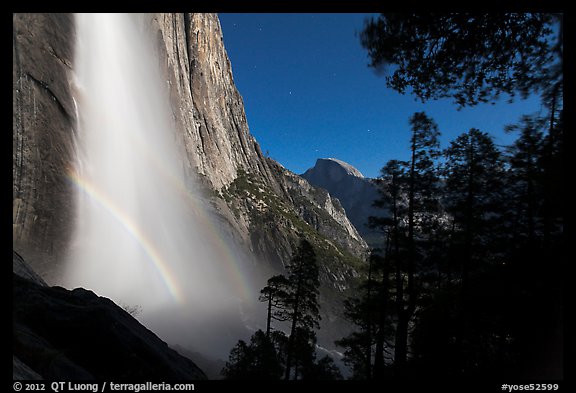
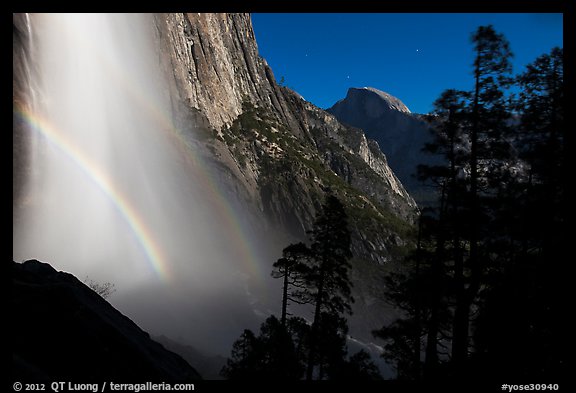


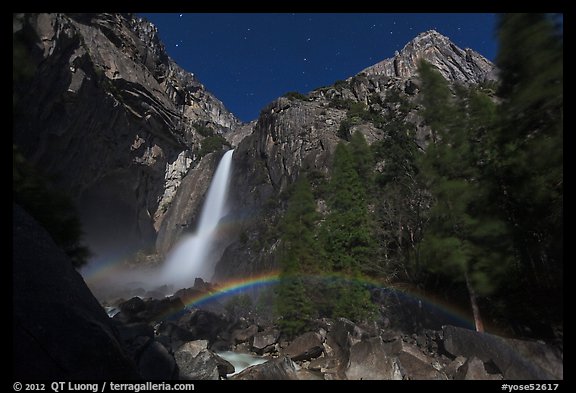
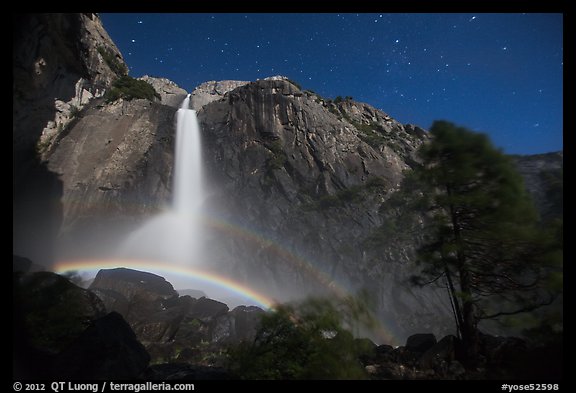

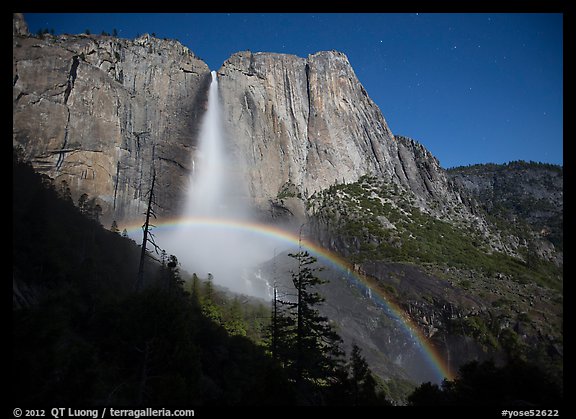
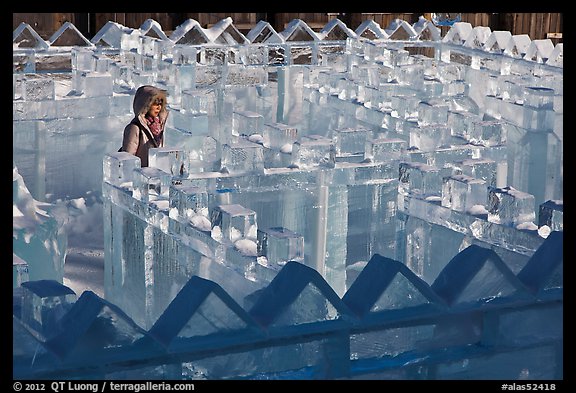

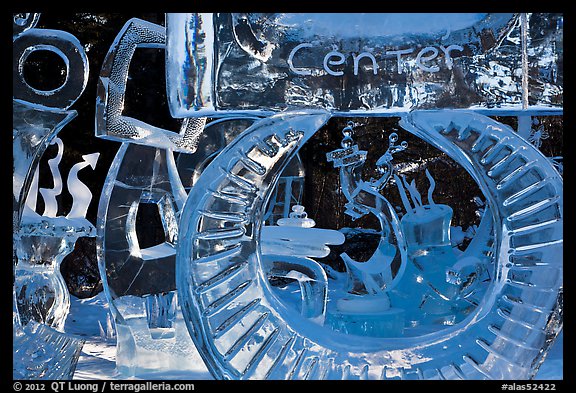

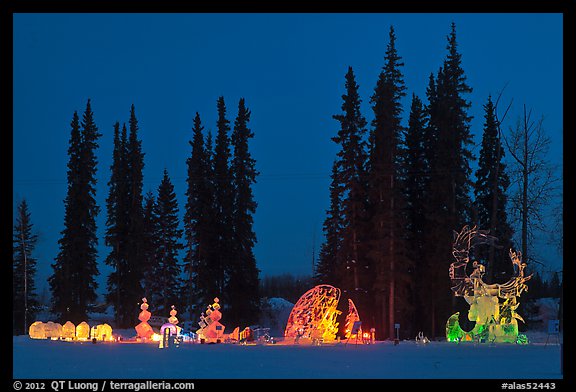
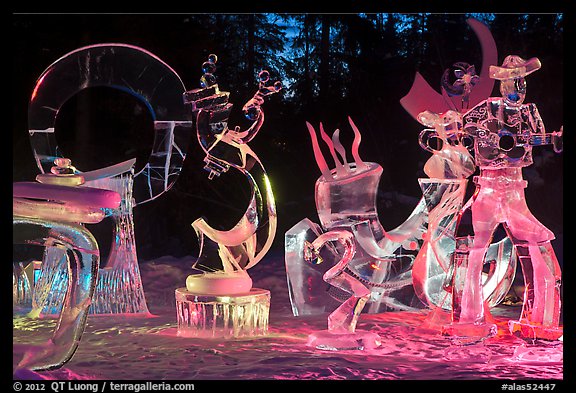
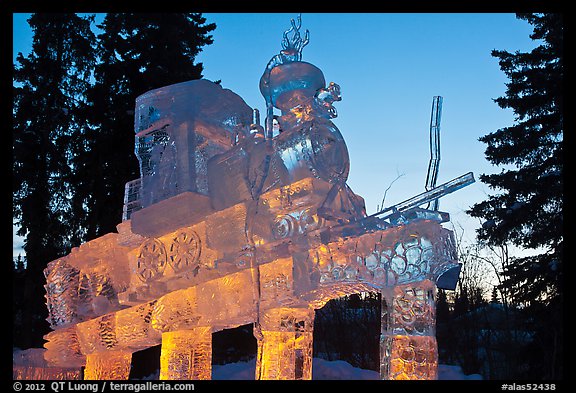
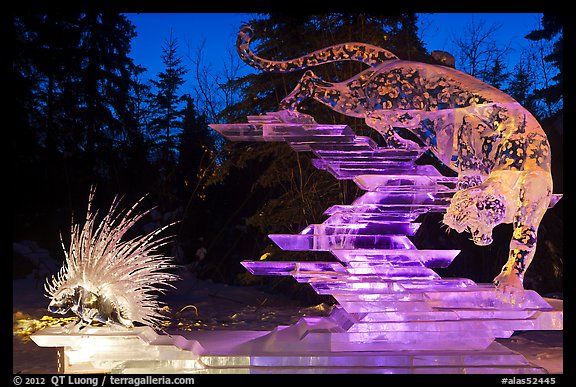
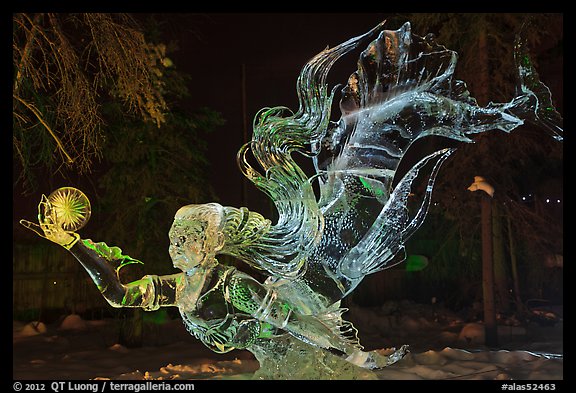

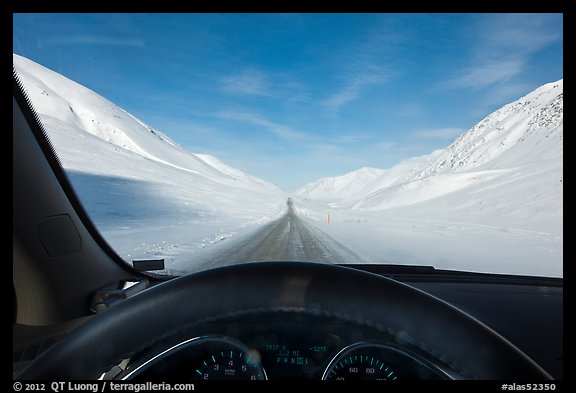 -32F temperature north of Atigun Pass on a sunny day
-32F temperature north of Atigun Pass on a sunny day

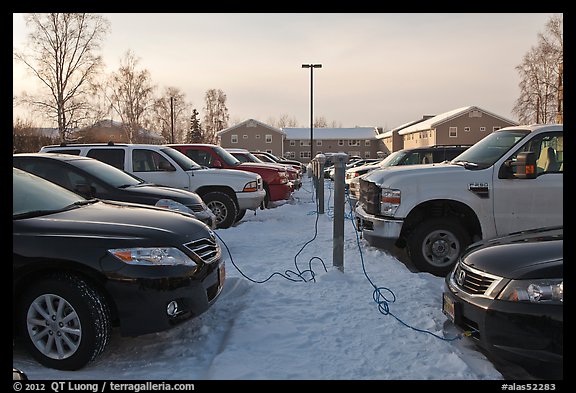
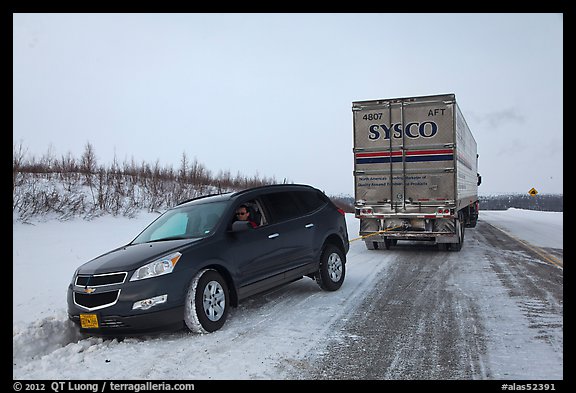
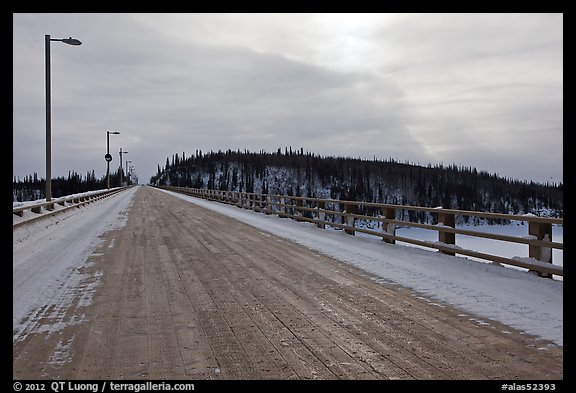
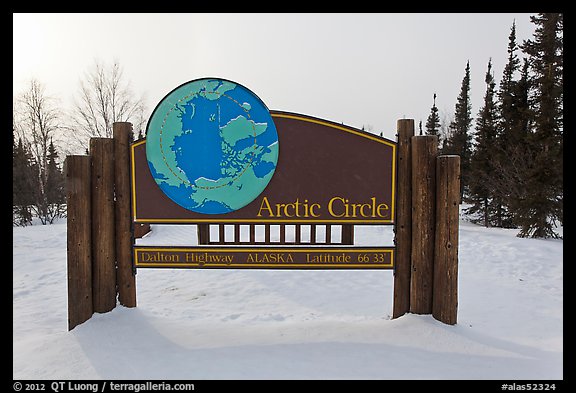 At mile 115, you cross the Arctic circle. This sign is found next to a pullout east of the highway.
At mile 115, you cross the Arctic circle. This sign is found next to a pullout east of the highway.
